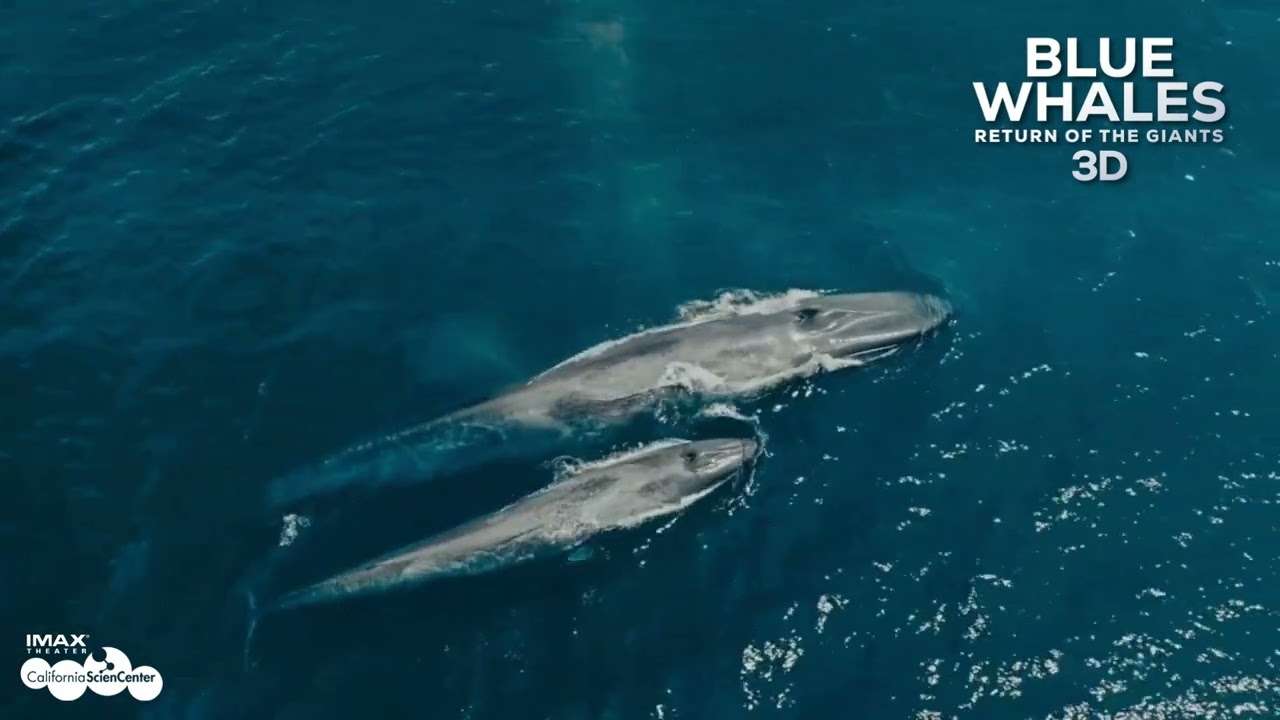- Introduce Blue Whales 3D at the California Science Center and its significance in enhancing public understanding of blue whales and marine conservation.
- Explore the biological characteristics and behaviors of blue whales, highlighting their significance in marine ecosystems.
- Discuss the conservation challenges faced by blue whales and efforts to protect their habitat and population.
- Examine the role of public education and zoos in promoting wildlife conservation and environmental stewardship.
- Highlight the technological innovations in film-making used in Blue Whales 3D to provide an immersive educational experience.
Blue Whales 3D at the California Science Center offers a captivating journey into the lives of the largest creatures on Earth. This exhibit is not just a visual spectacle, but a critical educational tool for increasing public understanding of marine life and conservation efforts. Blue whales, as vital components of marine ecosystems, play an essential role in maintaining the health of our oceans. Yet, they face significant threats due to human activities, making conservation education all the more important.
Blue whales, the gentle giants of the ocean, are awe-inspiring in both size and wonder. These marine mammals can reach lengths of up to 100 feet and weigh as much as 200 tons. Despite their massive size, blue whales feed primarily on tiny krill, consuming up to four tons a day during peak feeding seasons. They are migratory animals, traveling thousands of miles from feeding grounds in polar regions to warmer waters for breeding. Understanding their migration patterns and behaviors is crucial for conservationists working to protect them from ongoing threats such as ship strikes and climate change.
The conservation of blue whales is a significant challenge that requires a multifaceted approach. Historically, blue whales were hunted to near extinction during the whaling era. Although they have been protected by international law since the mid-20th century, their populations have not fully recovered. Today, these magnificent creatures face new hazards, including entanglement in fishing gear, habitat degradation, and pollution. Conservation efforts involve international cooperation, robust legal frameworks, and research initiatives to monitor populations and implement protective measures. Marine protected areas and responsible shipping practices are vital to minimizing human impact on blue whale populations.
Public education initiatives, such as the Blue Whales 3D experience, play an essential role in fostering environmental stewardship. By immersing audiences in the world of blue whales, these exhibits spark curiosity and empathy, encouraging individuals to engage with conservation efforts. Zoos and science centers serve as pivotal platforms for wildlife education, promoting sustainable practices and inspiring future generations of conservationists. Education programs emphasize the importance of preserving biodiversity and the interconnectedness of marine and terrestrial ecosystems.
Technological advancements in film-making have transformed how we experience wildlife documentaries. Blue Whales 3D utilizes cutting-edge techniques to create a breathtaking and immersive experience. High-definition imagery, combined with 3D technology, allows audiences to feel as if they are swimming alongside these majestic animals. Such technological innovations enhance the educational impact of wildlife films, making the learning experience vivid and memorable. They offer novel insights into the underwater world, bringing viewers closer to the intricacies of marine life.
The confluence of science, education, and technology in exhibits like Blue Whales 3D at the California Science Center provides an invaluable resource for raising awareness about the importance of preserving our oceans and their inhabitants. By engaging audiences with state-of-the-art visuals and compelling narratives, these programs highlight the critical need for conservation actions that protect blue whales and broader marine biodiversity. Through education and awareness, we can foster a deeper connection to the natural world and inspire actions to safeguard it for future generations.
*****
Source Description
Blue Whales 3D takes audiences on the adventure of a lifetime to discover a long-lost blue whale pod in a remote corner of the ocean, where no scientists or film crews have explored before.
World Premiere at the California Science Center’s IMAX Theater. Now playing.
This movie is shown in 3D. Advance tickets required. For tickets and showtimes, visit californiasciencecenter.org/imax.


